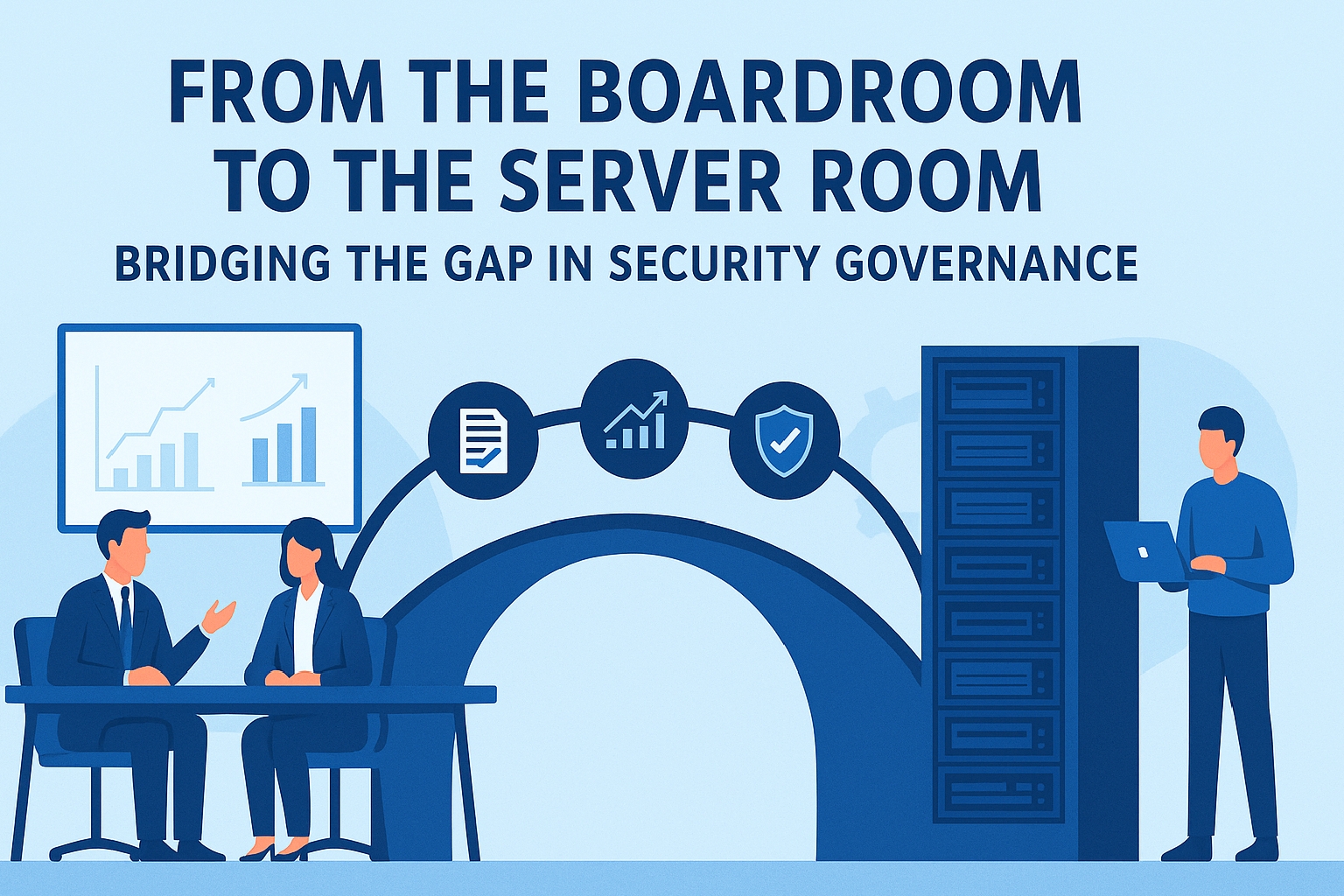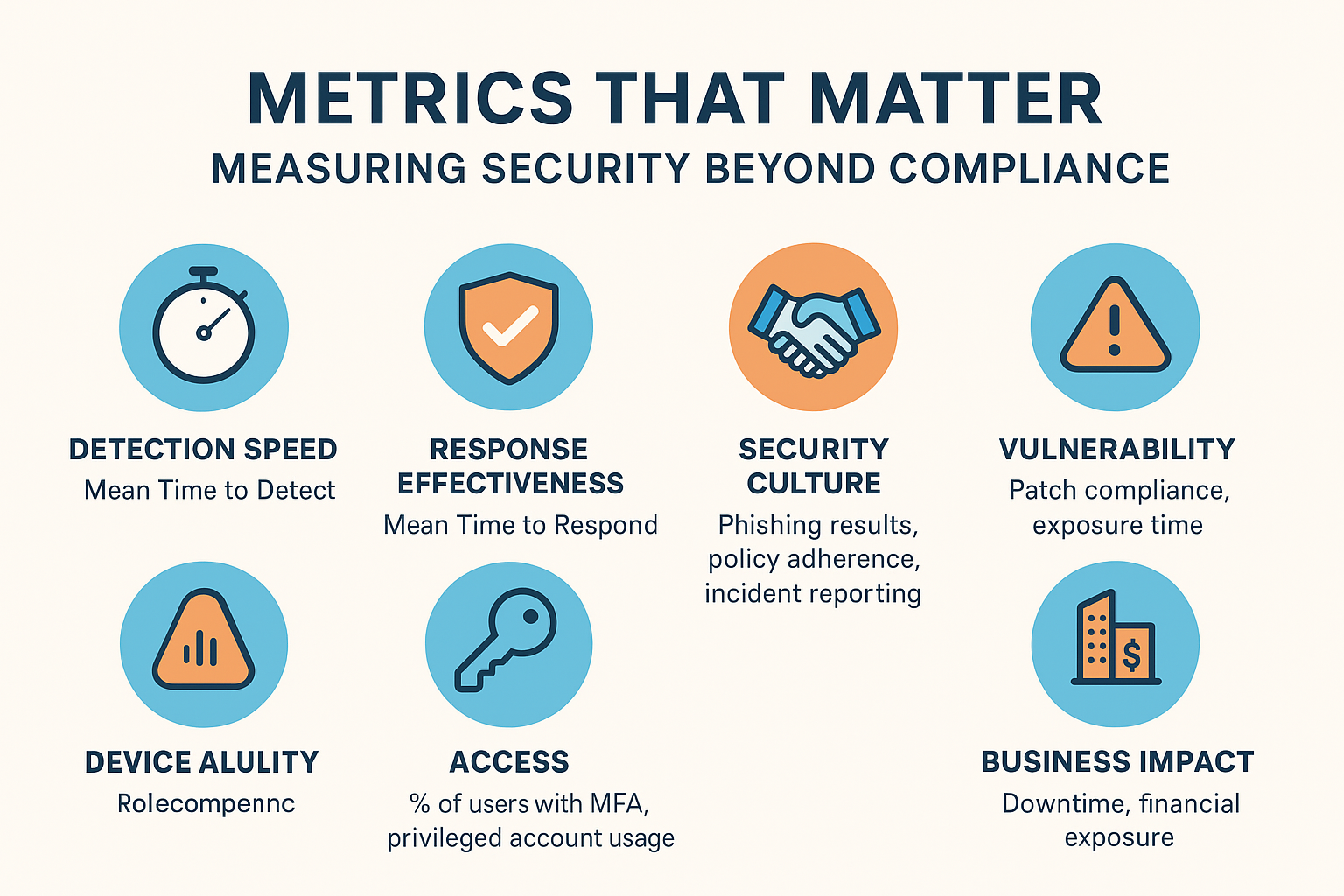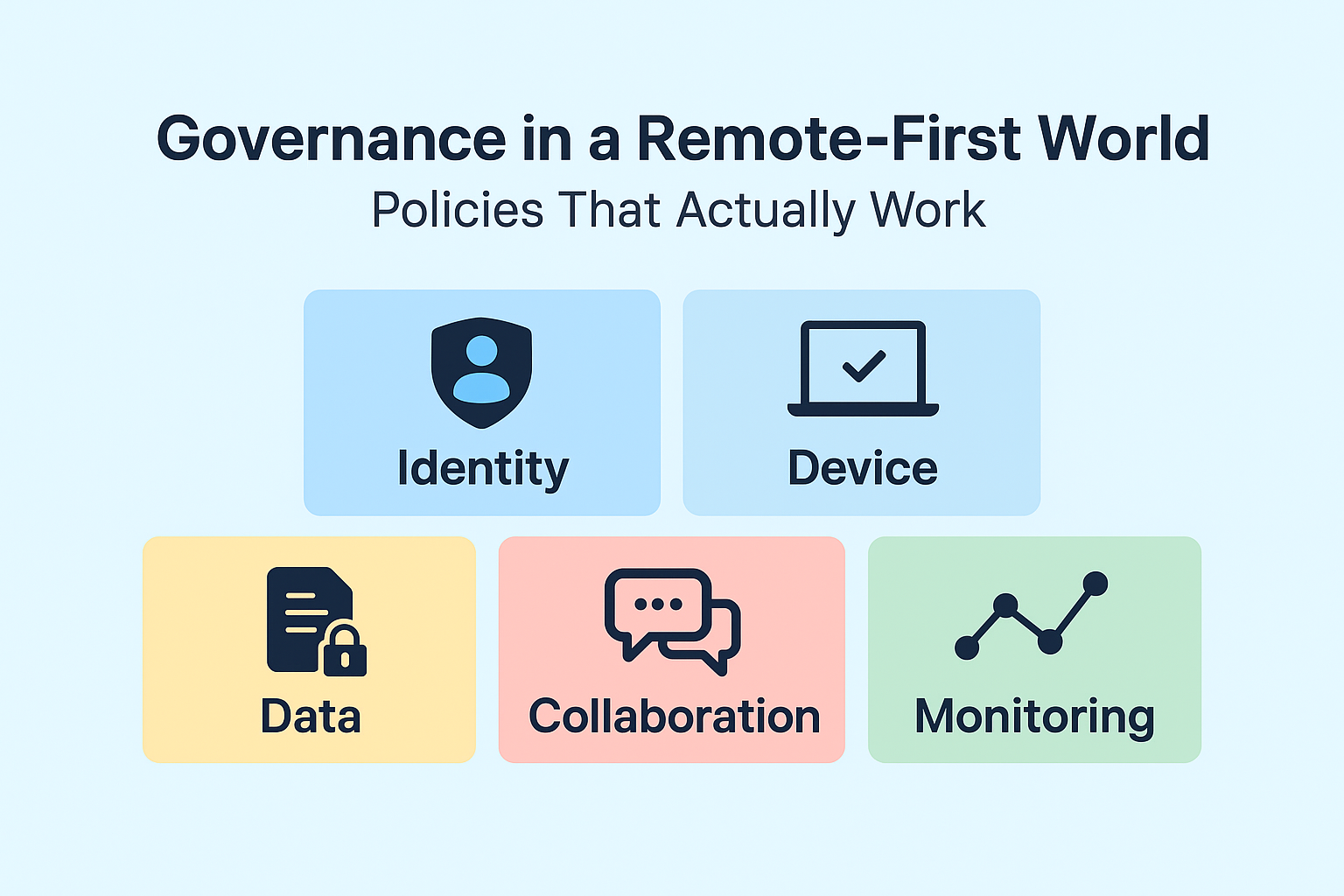Introduction
In today’s rapidly evolving technological landscape, compliance with regulatory standards is not just a legal obligation—it's a business imperative. As cyber threats become more sophisticated, IT professionals are tasked with not only protecting their organisations’ assets but also ensuring adherence to various governance frameworks. This blog post aims to elucidate the essential governance frameworks that IT professionals should navigate, highlighting their business value and offering actionable insights.
Understanding Governance Frameworks
Governance frameworks provide structured methodologies for managing an organisation's information technology and cybersecurity practices. They help ensure that IT operations align with business goals while complying with legal and regulatory requirements. Key frameworks include:
1. ISO/IEC 27001
The ISO/IEC 27001 standard is a globally recognised framework for information security management systems (ISMS). It provides organisations with a systematic approach to managing sensitive company information, ensuring its confidentiality, integrity, and availability.
Business Value: Implementing ISO/IEC 27001 not only enhances security posture but also boosts customer confidence. For instance, a UK-based financial services provider, after achieving ISO/IEC 27001 certification, reported a 30% increase in client acquisition due to heightened trust in their data protection measures.
2. GDPR
The General Data Protection Regulation (GDPR) has reshaped how organisations handle personal data in the European Union and the UK. It mandates strict guidelines on data processing, requiring organisations to be transparent about their data practices.
Business Value: Compliance with GDPR can lead to significant financial benefits. Companies that successfully navigate GDPR have witnessed improved customer loyalty and retention. For example, a UK e-commerce company found that after implementing GDPR-compliant data practices, its customer return rate increased by 15%.
3. NIST Cybersecurity Framework
The National Institute of Standards and Technology (NIST) Cybersecurity Framework provides a policy framework of computer security guidance for how private sector organisations in the US can assess and improve their ability to prevent, detect, and respond to cyber attacks.
Business Value: By adopting the NIST framework, organisations can better manage their cybersecurity risks. A prominent UK healthcare provider used NIST guidelines to overhaul its cybersecurity strategy, resulting in a 40% reduction in security incidents over two years.
Key Steps for IT Professionals
To effectively navigate these governance frameworks, IT professionals should follow these key steps:
1. Conduct a Risk Assessment
Begin with a comprehensive risk assessment to identify vulnerabilities and threats specific to your organisation. This foundational step is critical in aligning your governance frameworks with organisational risk tolerance.
2. Develop a Compliance Roadmap
Once risks are identified, create a compliance roadmap that outlines necessary steps to meet the requirements of chosen frameworks. This roadmap should include timelines, responsibilities, and resource allocations.
3. Implement Ongoing Training
Compliance is not a one-time effort. Regular training sessions for staff about updated compliance requirements, security protocols, and best practices can significantly enhance an organisation's resilience against cyber threats.
4. Monitor and Review
Establish metrics to measure compliance and security effectiveness. Regular reviews and audits help ensure that the governance frameworks remain relevant as technology and regulations evolve.
Real-World Challenges and Solutions
While navigating compliance can be daunting, real-world challenges provide valuable lessons. For instance, a leading UK retailer faced a significant data breach due to non-compliance with GDPR. The incident resulted in hefty fines and loss of customer trust. In response, they implemented a robust data governance framework, incorporating GDPR compliance as a core business strategy, which eventually restored their reputation and customer base.
Conclusion
In conclusion, navigating compliance through essential governance frameworks is vital for IT professionals seeking to protect their organisations in an increasingly complex digital landscape. By understanding and implementing frameworks such as ISO/IEC 27001, GDPR, and NIST, IT professionals can not only ensure compliance but also drive business value through improved trust and security. As regulatory landscapes continue to evolve, staying ahead of compliance requirements will be crucial for long-term success.



